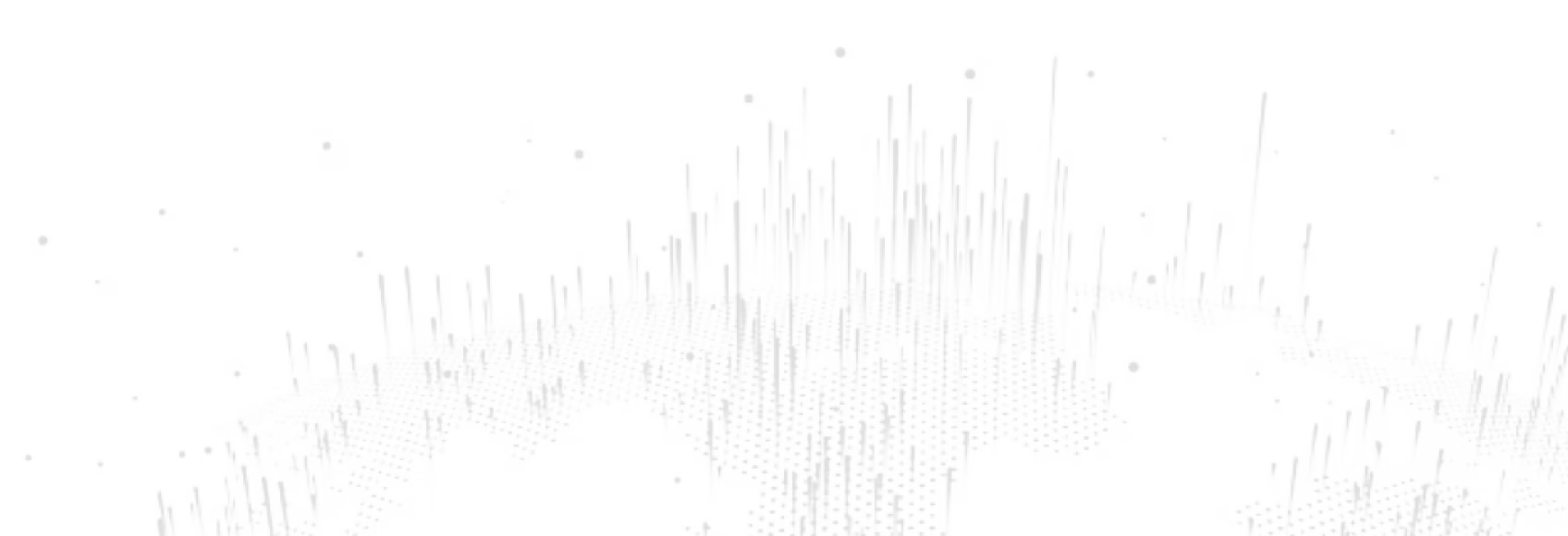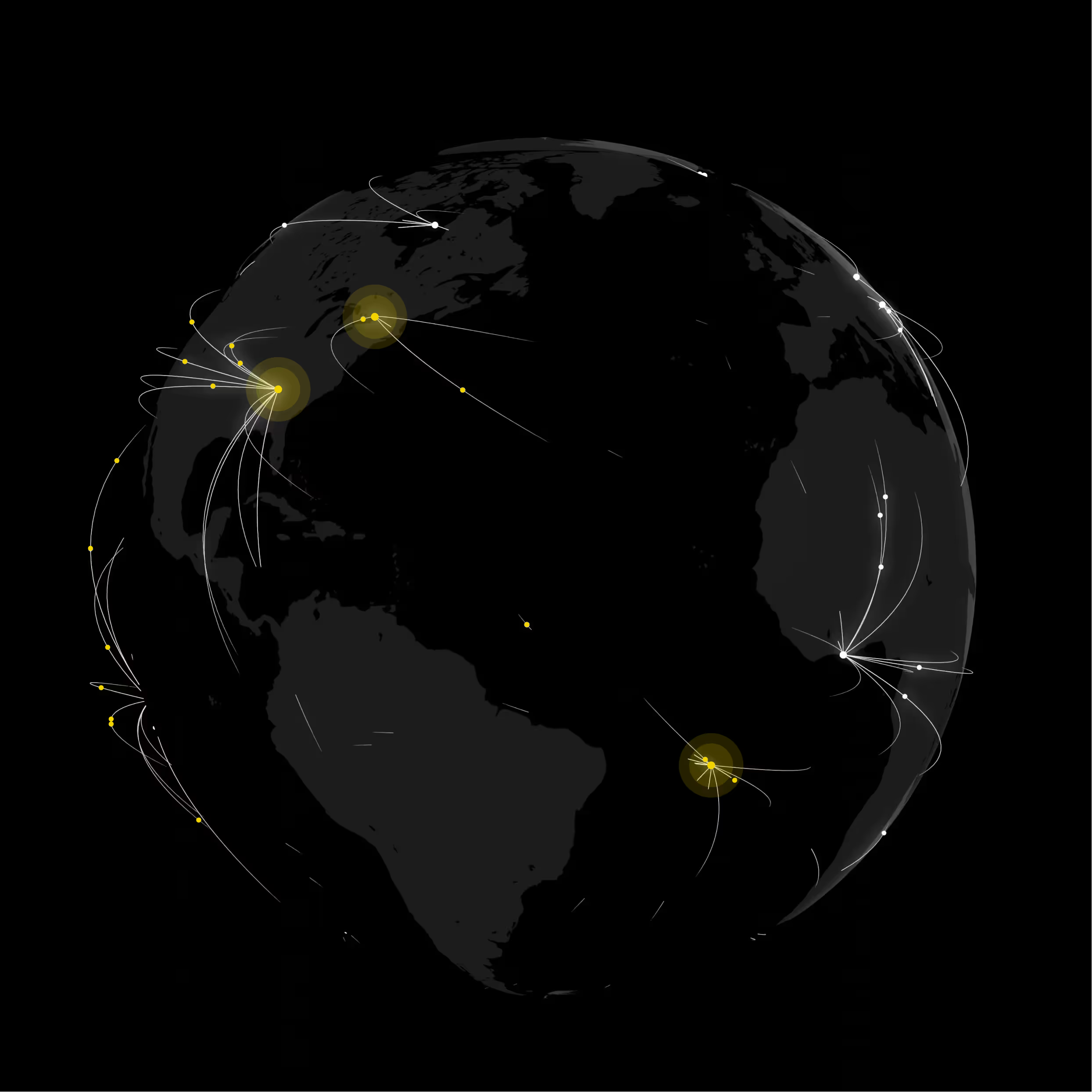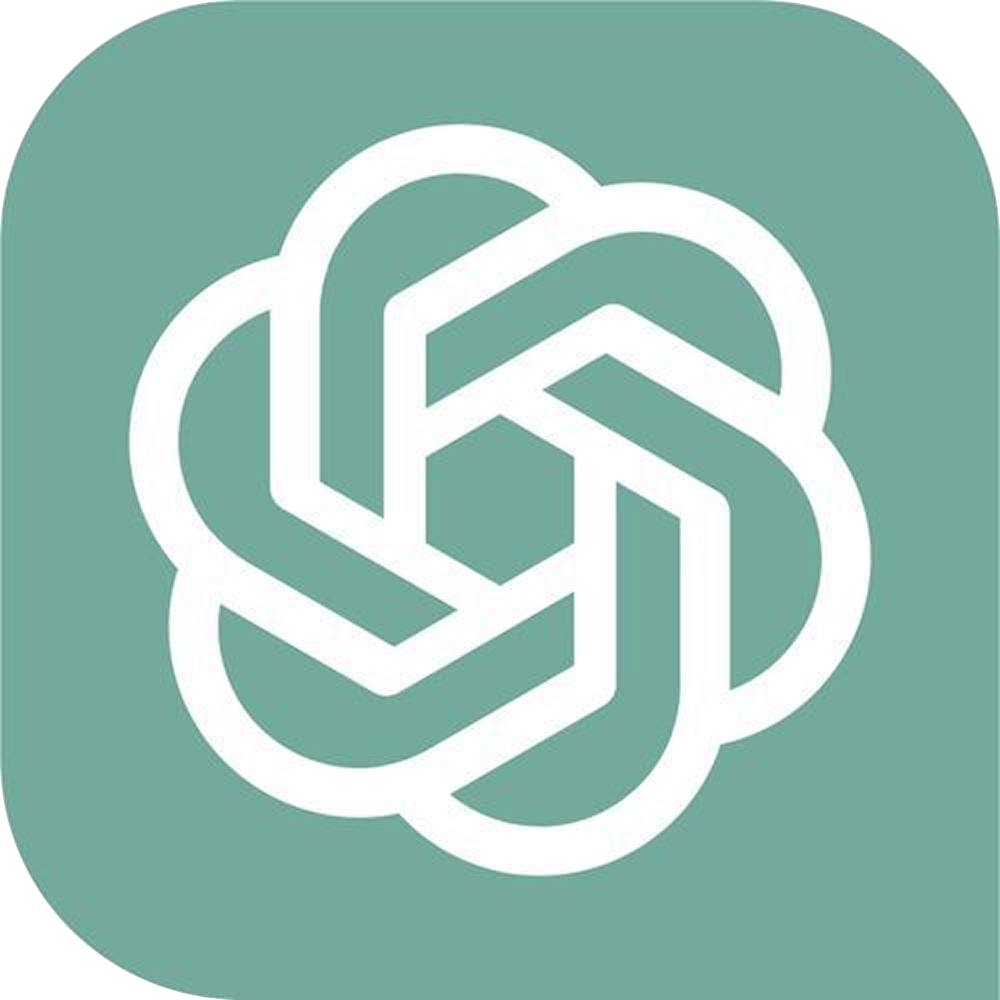Enhancing Safety and Efficiency in Home Healthcare (Part I)
Learn how home healthcare companies can better use data to protect their employees and equipment while in the field.
As the home healthcare industry continues to grow, so does the need for safety, operational efficiency, and trust in delivering care. With more healthcare professionals, delivery teams, and services entering private residences to provide onsite care, ensuring the safety of staff, patients, and assets is critical. One way to enhance safety and operational efficiency is by leveraging hyper-local crime and unrest data to understand risks, and allocate staff and resources appropriately. Let’s explore how using Base Operations to visualize, analyze, and automate the delivery of this data can help home healthcare organizations mitigate risks, optimize their operations, and build greater trust with clients.
Prioritizing Safety for Healthcare Workers
Home healthcare professionals often work in a variety of neighborhoods, some of which may be unfamiliar or carry specific safety risks. Protecting these employees is crucial—not only for their safety but also for maintaining reliable, responsive service.
Using detailed crime and unrest data, healthcare organizations can plan safer routes and schedules, keeping workers out of unsafe areas at high-risk times. This type of data empowers home healthcare companies to:
- Create Safer Schedules: By understanding crime patterns in hyper-local areas, schedulers can schedule healthcare workers to visit patients at the safest times, reducing the potential for danger.
- Mitigate Risks for Sensitive Visits: Late-hour visits, deliveries to unfamiliar neighborhoods, or services that involve high-value equipment all come with unique risks. Having a clear understanding of the safety landscape allows healthcare professionals to better prepare for these challenges, protecting both their team members and the individuals they serve.
Protecting Assets and Building Employee Trust
Home healthcare providers often transport valuable medical devices, equipment, and supplies to patients’ homes. The security of these assets and the safety and peace of mind of the clients are paramount to successful care.
- Enhancing Asset Security: Theft and property damage can be major concerns for healthcare teams, especially when dealing with valuable medical equipment or regulated pharmaceuticals. By assessing local crime patterns, teams can make more informed decisions about where and how to transport and store these assets.
- Building Employee Confidence and Trust: Safety is a top priority for many home healthcare workers, and knowing that their employer cares about their safety goes a long way towards building trust and loyalty. With home care worker turnover rates as high as 80% in 2024, demonstrating that duty of care is paramount.
Boosting Operational Efficiency and Reducing Costs
Safety isn’t just about keeping people secure—it’s also about creating a more efficient and cost-effective operation. When home healthcare teams can access real-time insights into crime and unrest trends, they can optimize their workflows in several key ways:
- Optimized Scheduling and Deployment: Scheduling based on safety data can prevent disruptions, ensure more reliable appointment times, and help field staff feel more comfortable and prepared for their work. This optimization not only protects staff but also improves efficiency by minimizing risks and maximizing the likelihood of successful visits.
- Proactive Risk Management: Knowing the threat landscape of each neighborhood allows home healthcare teams to proactively implement risk mitigation strategies. Preventing incidents such as theft, vandalism, or safety threats not only protects people but also reduces costly losses and damages to equipment and property.
Informing Strategic Growth and Market Expansion
Crime and unrest data isn’t just a tool for day-to-day operations—it also plays a crucial role in strategic decision-making and long-term planning.
- Strategic Market Entry: As home healthcare services expand into new regions or offer new in-home services, understanding the safety dynamics of different communities is critical. Crime data provides valuable insights into where opportunities exist and how to approach each area with tailored safety and risk strategies.
- Event Security Planning: For providers who host pop-up health clinics, community events, or health screenings, choosing the right location is crucial for success. Evaluating crime trends helps ensure that these events are held in safe environments, protecting both attendees and staff.
In an industry where safety, efficiency, and client trust are paramount, leveraging crime and unrest data is a powerful way to enhance home healthcare operations. With clear, visual insights into neighborhood safety, healthcare teams can confidently protect their staff, secure their assets, and deliver care with peace of mind. In turn, this data-driven approach builds client trust, ensures smooth operations, and supports the strategic growth of home healthcare services.
By utilizing hyper-local threat data, home healthcare organizations can achieve more informed, safer, and more effective care delivery—empowering their teams and their clients to thrive.
In Part II of this series, coming next week, we will explore the benefits of combining internal incident data with external crime and unrest data to form a comprehensive risk profile and provide even better protection to your people and assets.
Takeaways

Join 1100+ security leaders getting new ideas on how to better protect their people and assets.







